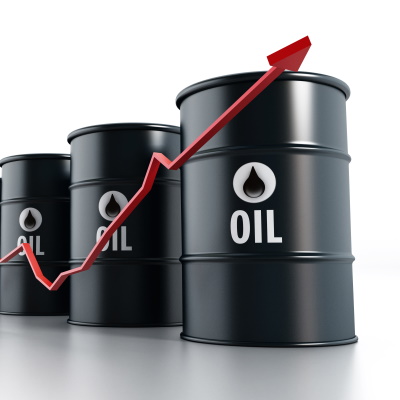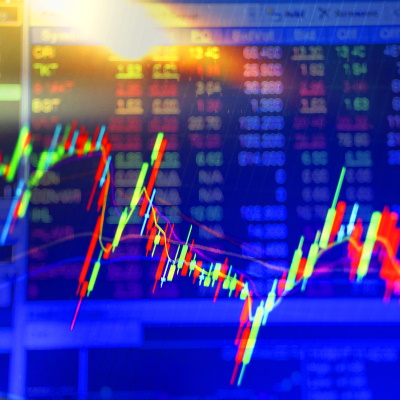Understanding Commodity Price Movements
If you’re interested in commodity trading, you’ll need to understand how the prices of various commodities vacillate. Learn more with Queensway.

Tick Tock Oil Gold
Commodity price movements take place for a variety of factors, as can be observed for any heavily traded one, such as oil with an oil price chart.
Bought and sold on the Chicago Board of Trade, the New York Mercantile Exchange and others throughout the world, all commodities react to major events, such as economic growth in important countries. Oil prices are particularly sensitive to many of those economic indicators.
As with stocks and bonds, commodity trading can be utilised for a wide range of investing and speculating tactics and strategies, both short-term and long-term.
Commodity costs are influenced by basic supply and demand from the market, which can reward investors with higher prices. This is why it is vital to keep track of commodity price charts.
There can also be price movement as a result of speculators, seeking to profit from factors other than fundamental economic forces. The greatest profits in the commodities markets are made from investing in the long-term movements in the market due to fundamental changes in the supply and demand of a commodity.

How Price of Commodity is Affected
Oil is one of the major commodity trading classes bought and sold by both speculators and investors, hoping to profit. Along with gold and silver, current oil prices are heavily influenced by factors having nothing to do with basic supply and demand matters.
In an interview, former head of Gulf Oil, Joe Petrowski, stated that he thought oil would fall about half due to the lack of demand and high inventory.
Since his statement, however, oil prices for a barrel have increased in the current market.
This is due to the quantitative easing policies of central bankers around the world. Creating more in paper currencies to stimulate economic growth, these policies drive down the value of the U.S. Dollar, Japanese Yen, British Pound, and Eurodollar, among others in commodity trading.
The reason is fundamental: the more of any asset, including fiat currencies, the more the price will fall.
Fleeing paper money such as U.S. Dollars due to these policies, both speculators and investors have bought greater quantities of oil, gold, silver, and other commodities. For various reasons, the commodity price charts of gold, silver and other commodities have fallen. But the price of oil remains high, despite the high levels of inventories and the low levels of demand.
This is mainly due to the depth of the oil market compared to those for gold, silver, copper, and other commodities.
The oil market allows investors to place a great deal of capital. That has obviously driven the price of the commodity higher, but there is a different dynamic for gold and silver.
Eventually, the demand for oil will rise again.
The bulk of the world’s populace lives in countries such as China and India, which have huge needs for oil. At present, however, that has fallen due to slumping economic growth in these and other emerging market nations such as Brazil and Russia.
Oil is needed to fuel economic growth in China, India, Russia and Brazil.
That is not true for gold and silver, however. Almost all gold is produced for investment purposes. For silver, about half of that mined goes to industrial end-usage.
By contrast, all the oil produced is needed for the factories, farms, et al, that makes a modern economy. With billions more consumers moving into the middle class around the world, the need for energy and the price of the commodity will increase.
From that, the demand for oil will rise again, as will the price, as would happen for any commodity.
Trading Gold as a Commodity
There are only a limited number of gold producing countries in the world with South Africa, Australia and the United States being the world’s top producers.
The economies of these countries, or should we say, the actual strength of their currency is almost bound by or tied to how much gold they produce and sell.
If the price of gold increases, the countries will greatly appreciate it.

Good traders will know that commodity trading currencies may actually be quite a lucrative endeavour as a way to supplement commodities.
Keep in mind that when you are trading in currencies, you will have to familiarise yourself with that particular country’s interest rates. As is the case in every market, there are always alternating interest rates.
It is vital that you make sure you know these in order to get the most out of your gains.
The Take-Away
Traders looking to trade commodity currencies and use commodity price charts need to keep a few aspects in mind before they begin their journey.
Firstly, it is essential to keep a very close eye on the movements of both the oil and gold markets around the globe.
Remember to keep track of the currency markets, as there is usually a slight delay between the currency market and the fluctuation of other commodities. This means that you are in theory, able to make an accurate prediction as to the direction the currency market will head if you take into account the price changes in the commodity markets







